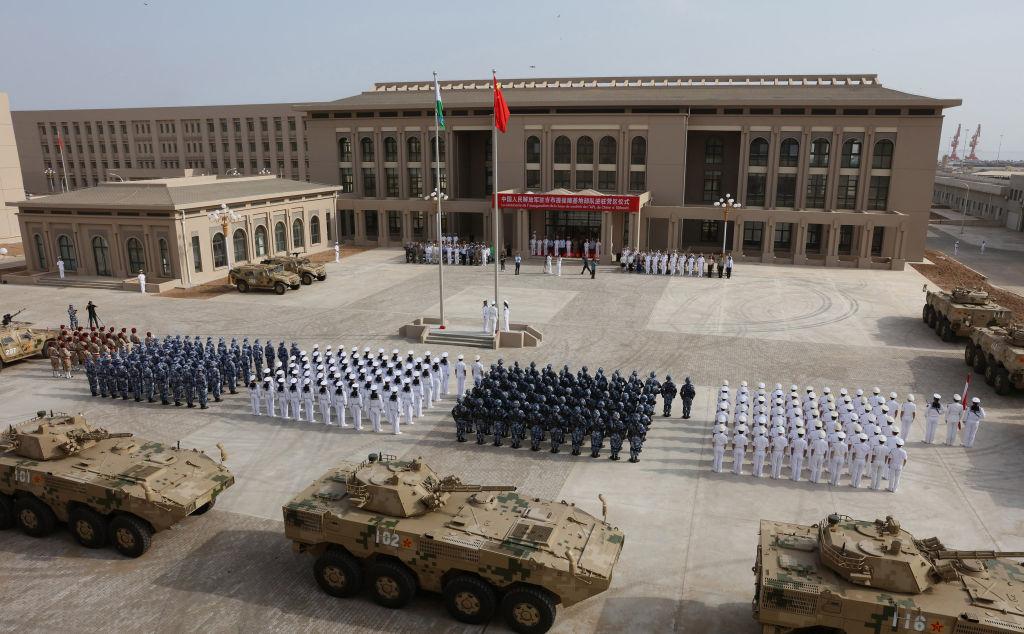Commentary
At the very end of 2018, on Dec. 28, the People’s Liberation Army Navy launched its seventh 20,000-ton Type 071 landing platform dock amphibious assault ship, capping a year of growth for China’s maritime power-projection ambitions.

At the very end of 2018, on Dec. 28, the People’s Liberation Army Navy launched its seventh 20,000-ton Type 071 landing platform dock amphibious assault ship, capping a year of growth for China’s maritime power-projection ambitions.